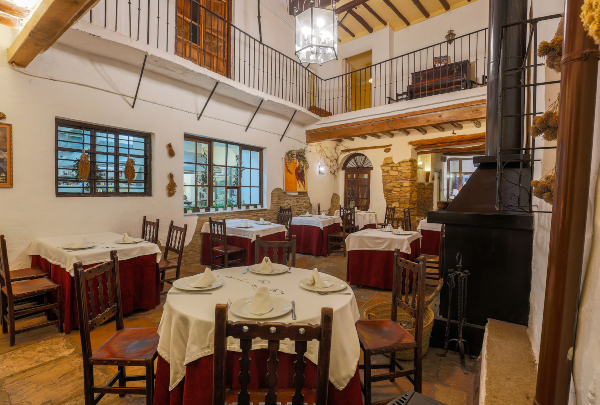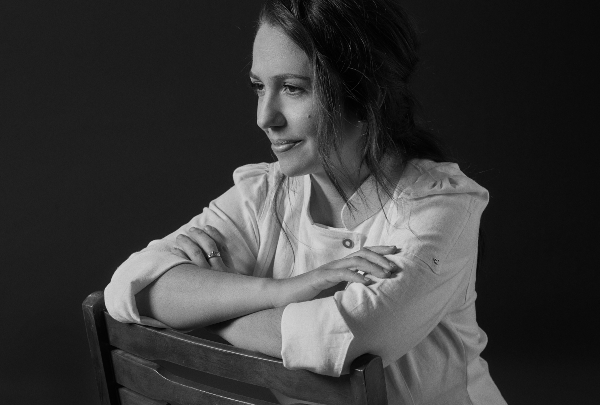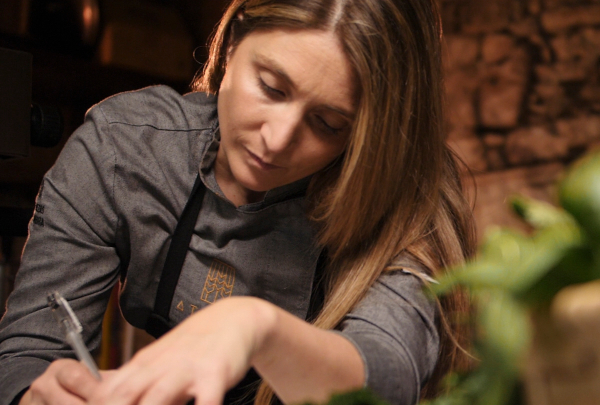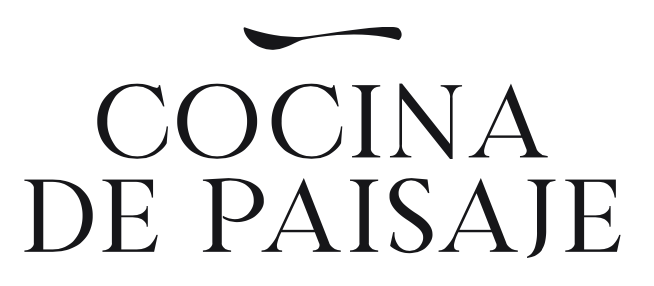Interview
Celia Florián: “Traditional female chefs are increasingly references for the new generations”
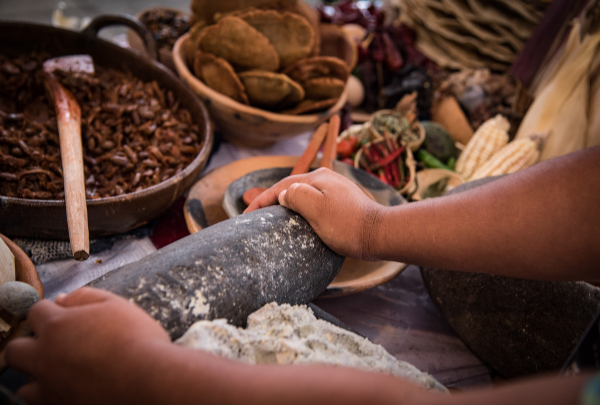
Born in Oaxaca, Celia Florián became acquainted and fell in love with her local gastronomy through her mother and her grandmother.
She gradually familiarised herself with local flavours, but despite this she ended up working in a bank. She gave that up, and turned to what she really liked: cooking, and cooking her own country. And so she went for it. She discovered her emotional roots, travelled around Oaxaca, and eventually in 1992 she and her husband opened the Las Quince Letras restaurant, an exponent of Mexico's Oaxaca cuisine. Travel, learning and passion have made Florián the main ambassador of Oaxaca cookery in Mexico, and also the world. Not for nothing is she the founder and president of the "Cocineras Tradicionales de Oaxaca" Association as a vehicle to showcase her work.
Florián, who is also famous as a member of the jury panel on Mexico's Master Chef programme, will be in Spain in September to collect the "International Guardians of Tradition" Award at the FéminAS congress. We were keen to learn more about one of the "mums" of American cooking, a chef who is proud of her profession and proud of her origins.
First things first. How are restaurants doing in Mexico? Are they open? Were they hit hard by the pandemic?
Very hard. And a lot of restaurants never recovered. Even though there was no financial assistance, in Mexico City, for instance, some were allowed to use the seating in the open air, especially off the streets' bike routes, and they got by that way, but a lot of other restaurants had to close down. At global level, across the country the concern now is that a large number of people don't want to be vaccinated, and in rural communities there are no medical services with the wherewithal to cope with this kind of patient ... we'll see what happens.
But you're still hopeful all the same?
Yes. We're hoping that the vaccines will help minimise the illness, and that those who haven't yet been vaccinated will do so to prevent more future mutations. We hope that life will gradually return to what it used to be, to enable us to go on working in harmony, feeling confident and free, like seagulls, but with all the necessary health precautions, of course.
Soon you'll be in Spain to collect the FéminAS award for your work as president of "Cocineras Tradicionales de Oaxaca". Tell us a little more about the association.
The association was set up primarily to promote and showcase women's work in cookery, and empower them through the legacy each of them contributes with their culture, because Oaxaca is one of Mexico's richest states in terms of culture. It has mini-regions that make it the country's most mega-diverse. Oaxaca smells of maize, chilli peppers, herbs, spices, "mole" sauces and mescal. And the wisdom of its women is incalculable; ancient, innate wisdom.
Which must be maintained ...
I realised this was dying out amid the hustle and bustle of life nowadays, and in 2008 I began to work closely alongside women. I went to the Juárez mountains, where there are highly organised communities of villages working together, and I noticed they had Mexican menus, but not regional or seasonal menus. Their cuisine was there but it had to be drawn out, and so I began talking to the cooks, to make them realise how important it was to publicise their cooking, although primarily to preserve it for the new generations to come.
How did that work out?
A lot of work was put into capacitation, awareness, work on hygiene, identity, safeguarding and preservation. Now, with the passage of time, many of those traditional cooks are now promoting their culture on a number of national and international forums. There's a watershed for all of them and their cuisine. Now that they've been appraised, people contact them to cook at special events, many of them have opened their own restaurants, and are much appreciated by their communities. The movement set out to bring women and our cooking to the fore, and I think it's succeeding there.
Is the Association a women-only organisation?
No, there are male members too because they make some of the traditional fare - such as barbecues or stone soup. The men make this food like they make paella in Spain. But it's true that there are much fewer men.
Can you tell us about the role of women in cooking in Mexico?
In many Mexican families, mainly rural communities, it's still the women who cook, and pass on their legacy to the next generation. But this is dying out now because the women carrying this tradition are elderly women. The upsurge in gastronomy schools has shifted the focus to original Mexican cooking, and now more young people are taking an interest.
Both men and women?
Until recently it was male chefs who gained recognition and won awards, but over the years the work of women in kitchens and bars has also been acknowledged. Work with traditional female chefs has made them a reference for the generations to come.
How does Oaxaca inspire love?
Oaxaca is a magic, lively city, and very colourful thanks to its artists, it's a city full of art galleries, where the restaurants and hotels have also been transformed into galleries brimming over with life and colour, a city with musicians to liven up the streets along with their ladies, dressed in silk and cotton waist-woven "huipil" tunics naturally dyed in bright colours. Not to mention its delicious cuisine, with its aromas, colours and flavours of maize, chilli peppers, chocolate and mescal.
Is it Mexico's signature cuisine?
Oaxaca's cooking is the Mecca of Mexican cuisine thanks to a variety of ingredients and cooking methods, alongside its ancient cooking methods, and this is because it is one of the states with the most prominent gastronomic identity. It has an infinite number of "mole" sauces, and it's also the world's mescal capital. It's true, however, that in general Mexican food is fine cuisine that has been much appreciated around the world in recent years.
Did "mole" sauce originate in Oaxaca? Tell us about some other typical recipes.
Oaxaca is the capital of Mexico's "moles" due to its large variety of circumstances, aromas, colours and tastes. There are sauces for mourning, celebration, fiestas or simply everyday sauces. There are many of them in each house, for each occasion. Besides the "moles", we also have "chileajo" with chilis and garlic, stews, barbecues, chilis with a range of fillings, roast meat, tacos, "tlalluda", "memela", "tétela" and "tamal" tortillas, broths, "pipián" pumpkin seed sauces, soups, "antojito" street snacks, casseroles, stone soup, grilled "cochito" porpoise, roast meats, ceremonial dishes, ceremonial beverages, mushrooms, "pulque" and "tepache" liqueurs ...
I'm getting so hungry listening to all this ...
And we also have the best mescal.
Let's book a flight ... and during our trip to Oaxaca I'm sure we'll be dropping in at your restaurant, Las Quince Letras. What will we find there?
A little taste of Oaxaca. You'll find "antojito" maize snacks, "tamales", "tlalludas", "tételas", edible insects, seasonal soups, a wide range of "quelite" flavourings, chilis with a range of fillings and mole sauces for every occasion, seasonal fruit drinks and a lot of mescal. And a large range of seasonal ice creams and desserts.
The trip will take us to Oaxaca, but also Mexico City, where you have a restaurant (Pasillo de Humo) run by your son Alam Méndez. How's it doing?
The restaurant is moving along little by little. The pandemic led to changes in consumption because now office staff work from home, and sales during the week have fallen off considerably. Weekends are fine because we get families, and we're also beginning to bring in foreign tourists. It seems it's making a comeback ...
Are you familiar with Spanish cooking? What's the perspective from the other side of the Atlantic?
I think it's one of the world's best cuisines. Ingredient cookery, a true luxury and a privilege to eat. A few days ago I was talking to chef Rodolfo Castellanos and José Manuel Baños, with whom I visited Madrid, Barcelona and San Sebastián, and we all agreed it had been one of the best trips of our lives in terms of food and drink.
In September she will be adding Asturias to her list of gastronomic destinations in Spain. And it will be a pleasure to see her there and learn from her.

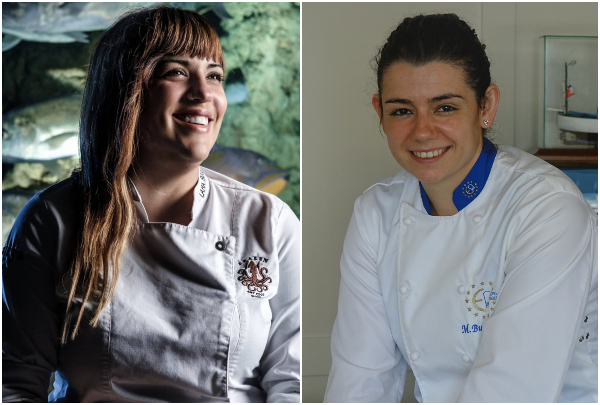
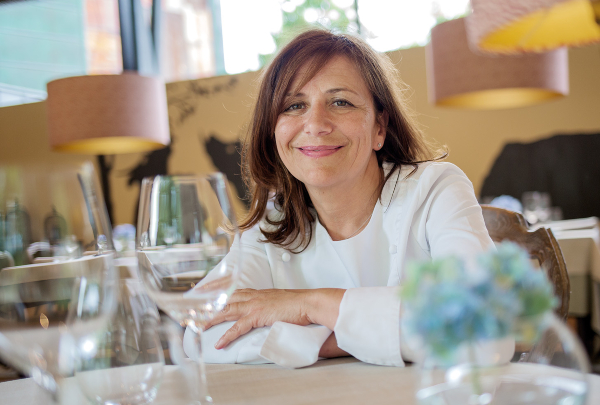

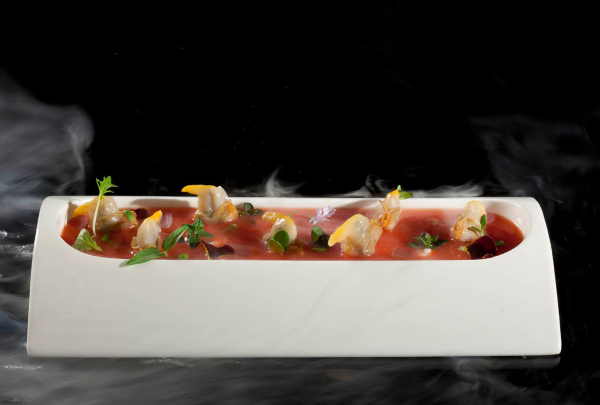
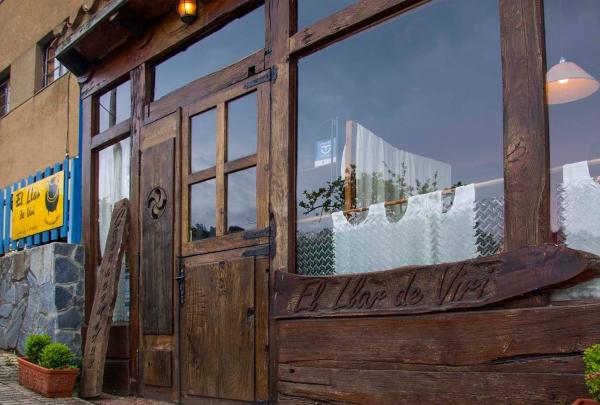

.jpg)
